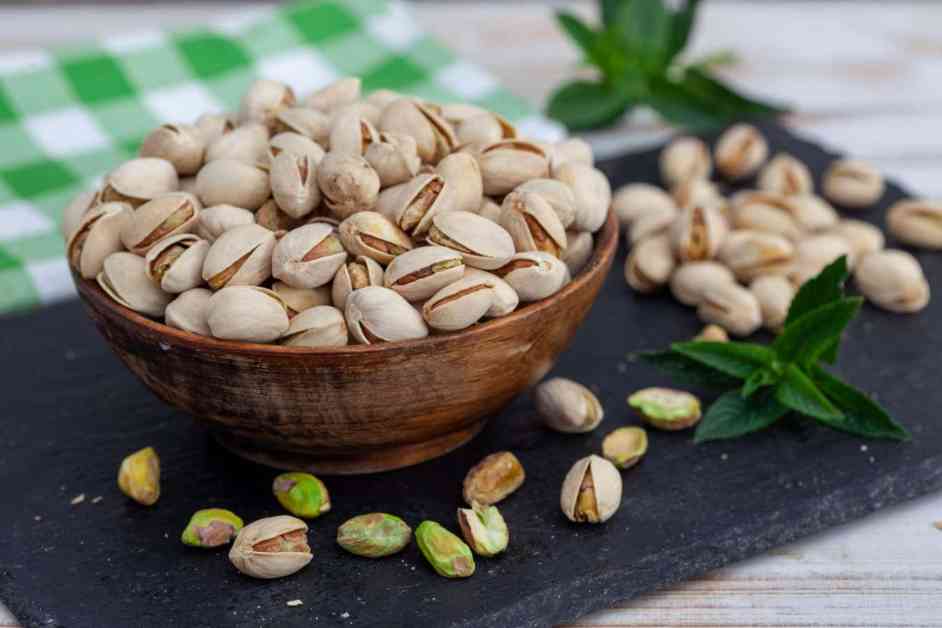Physicists Ruben Zakine and Michael Benzaquen from École Polytechnique in Paris conducted a simple experiment to determine the optimal size of a container for discarded pistachio shells. They were inspired by their own snacking habits and curiosity about the mathematics behind pistachio shell storage.
The researchers packed 613 pistachios into a cylindrical container to calculate the “packing density,” which refers to the fraction of space occupied by whole nuts. This experiment led them to determine the ideal container size for pistachio shells to minimize overflow and make snacking more convenient.
The study of packing density is not only limited to pistachios but has broader applications in various fields, including physics, mathematics, and engineering. Understanding how objects pack together efficiently can lead to advancements in materials science, logistics, and even space optimization.
Furthermore, the research conducted by Zakine and Benzaquen highlights the intersection of everyday activities, like snacking on pistachios, with scientific inquiry. It demonstrates how simple observations can spark curiosity and lead to valuable insights that enhance our understanding of the world around us.
In conclusion, the optimal pistachio shell container size determined by physicists may seem like a trivial matter at first glance. Still, it serves as a reminder of the importance of curiosity, experimentation, and interdisciplinary collaboration in scientific research. Next time you enjoy a bowl of pistachios, you can appreciate the mathematical precision behind storing the discarded shells and perhaps consider the broader implications of packing density in various fields.


